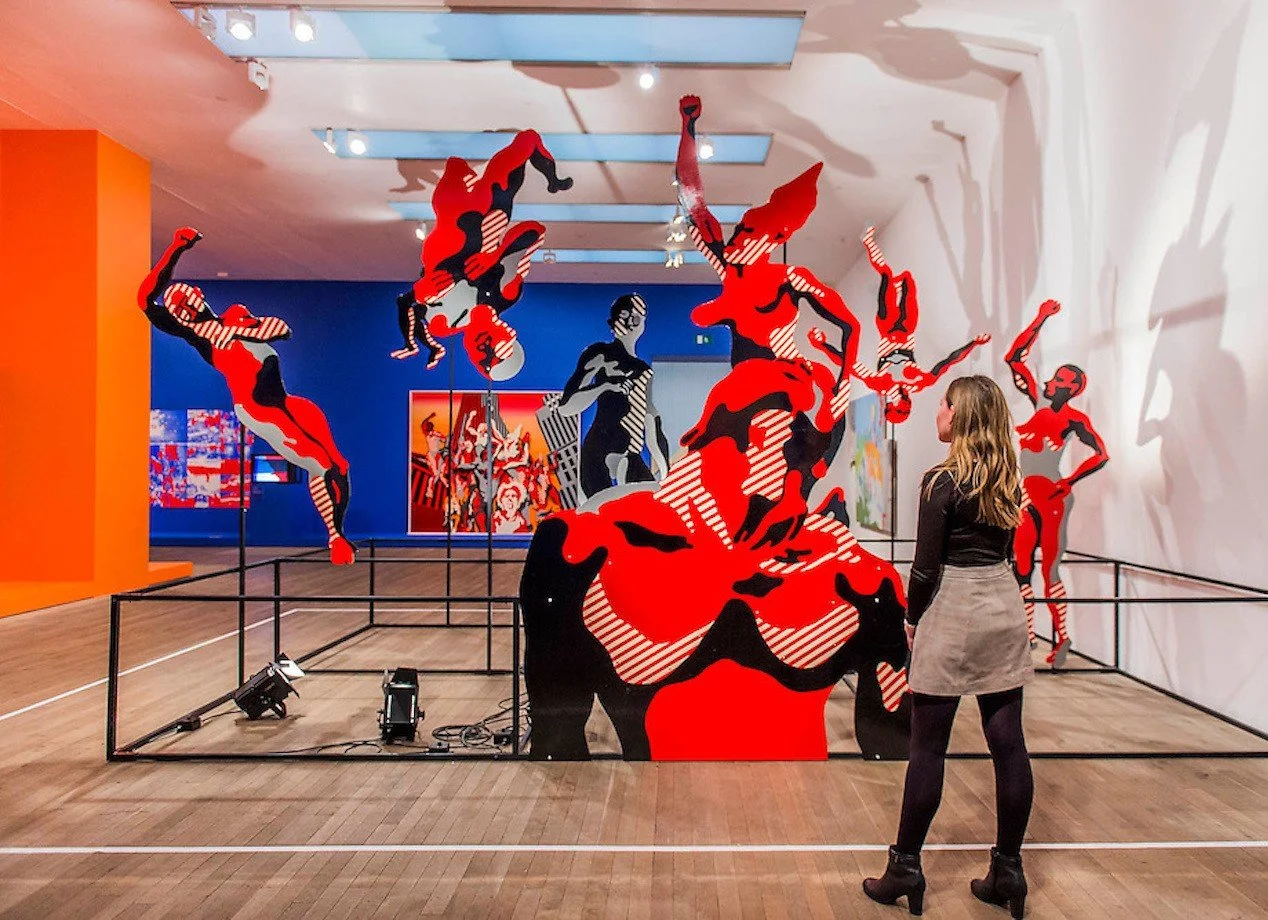Exploring the Role of Humor in Pop Art: How Satire and Irony Helped Subvert and Democratize the Art World
In the 1950s and 1960s, pop art challenged traditional fine art by incorporating elements from popular culture, such as advertising and comic books, into its compositions. A defining characteristic of pop art is its use of humor, which often takes the form of irony or satire.
This use of humor serves several purposes, both within the art world and in the broader cultural context. One of the primary functions of humor in pop art is to subvert and challenge the authority of the art world. By using elements of popular culture and imbuing them with a sense of absurdity or absurdity, pop artists sought to disrupt the traditional hierarchies and pretensions of the art world. This is especially evident in the work of artists like Andy Warhol, who famously appropriated images from popular media and transformed them into iconic works of art.
But the use of humor in pop art is not simply a rebellious or transgressive act. It also serves as a means of engaging with and commenting on the wider culture. Pop artists were interested in the ways in which popular culture was shaped and was shaped by society. The use of humor allowed them to explore these themes in a way that was both insightful and entertaining.
For example, Roy Lichtenstein's work often appropriated the visual language of comic books. He used a bold, graphic style and dramatic speech bubbles to comment on the superficiality and artificiality of mass media. Similarly, Richard Hamilton's "Just What Is It That Makes Today's Homes So Different, So Appealing?" uses images of consumer goods and mass media to satirize the materialism and superficiality of the post-war era.
Another key aspect of the use of humor in pop art is the way in which it serves to democratize the art world. By using elements of popular culture and making them the subject of art, pop artists sought to bring art to a wider audience and make it more accessible. This is particularly evident in the work of artists like Claes Oldenburg, who used everyday objects as the basis for his sculptures, or Jim Dine, who incorporated elements of popular culture into his paintings.
Ultimately, the use of humor in pop art was a way for artists to engage with and comment on the world around them in a way that was both critical and entertaining. Whether subverting the authority of the art world or engaging with broader cultural themes, the use of humor was an essential part of the pop art movement, and continues to be an important part of the art world today.


